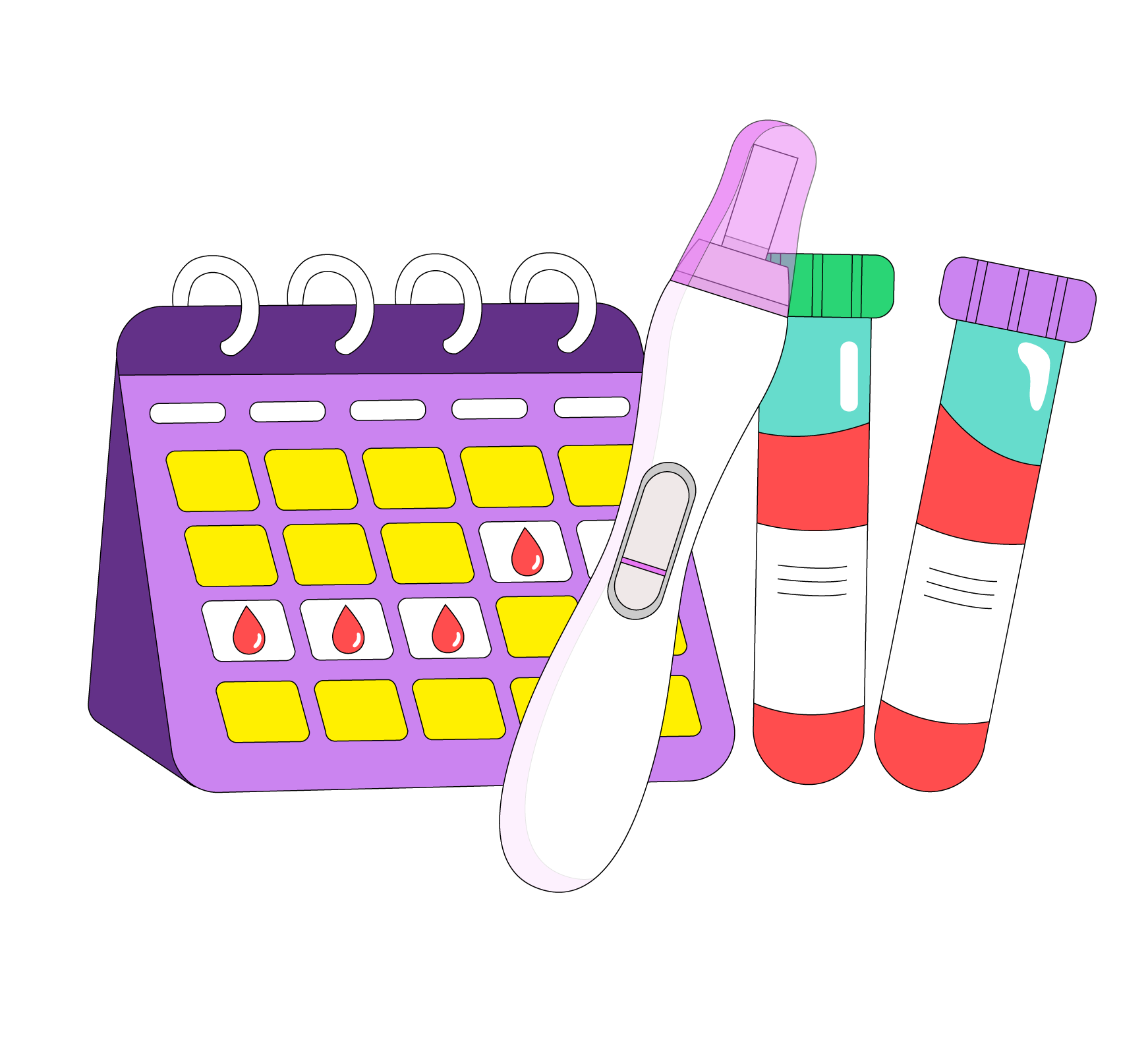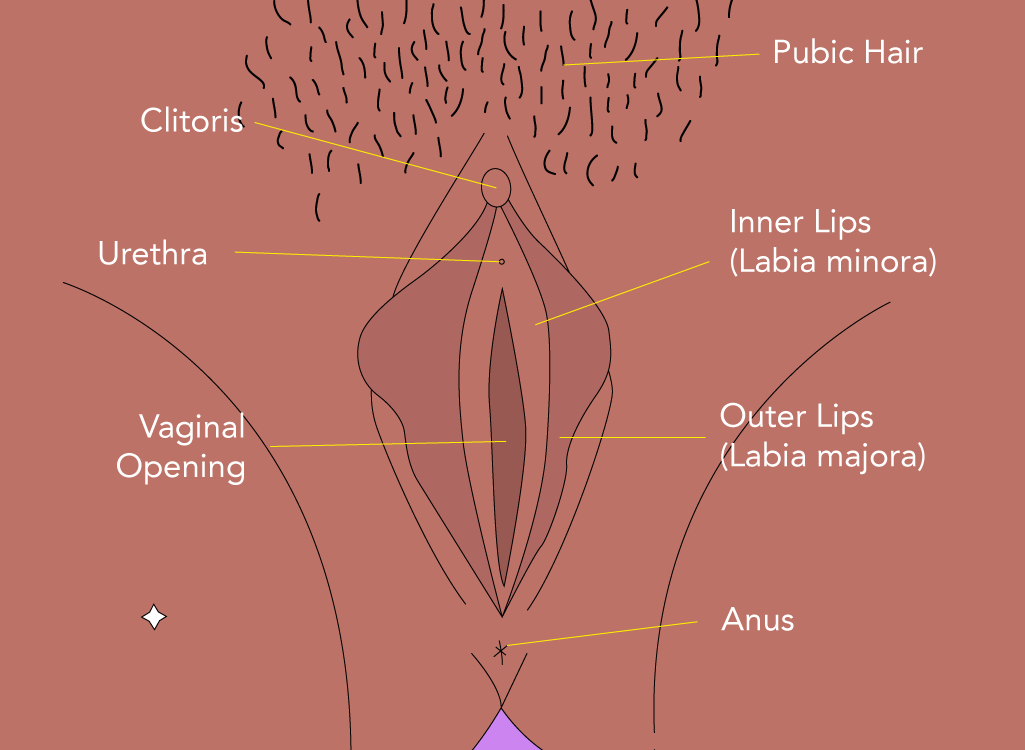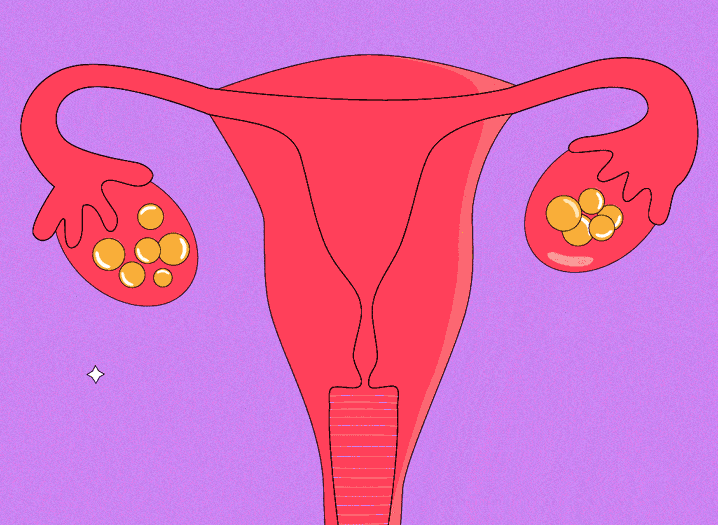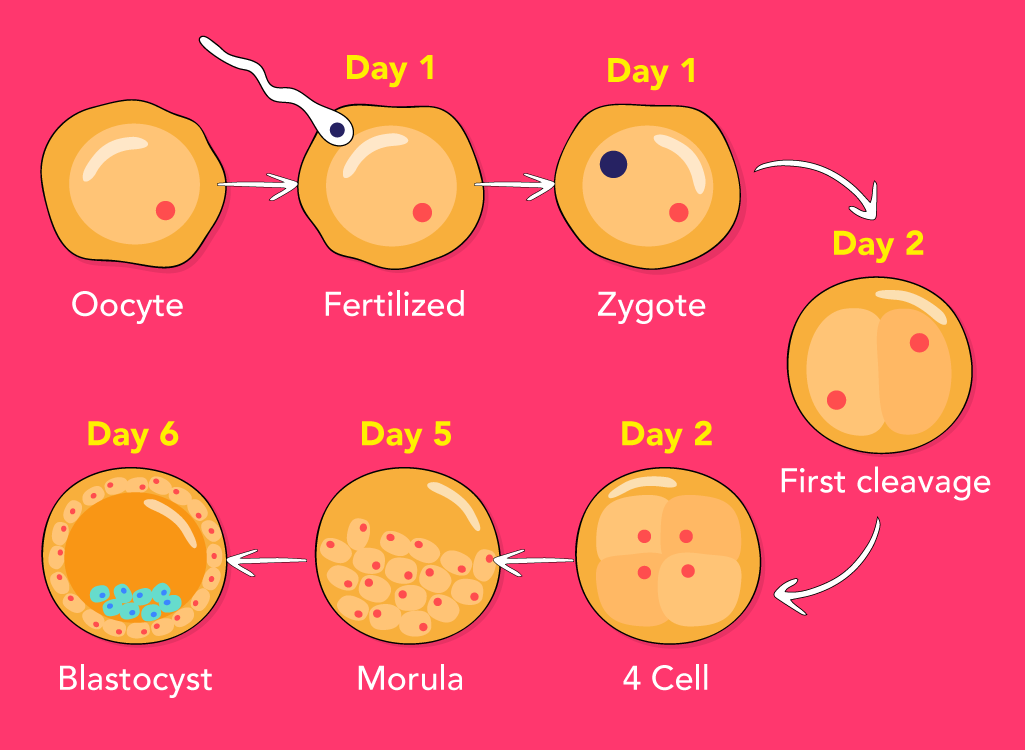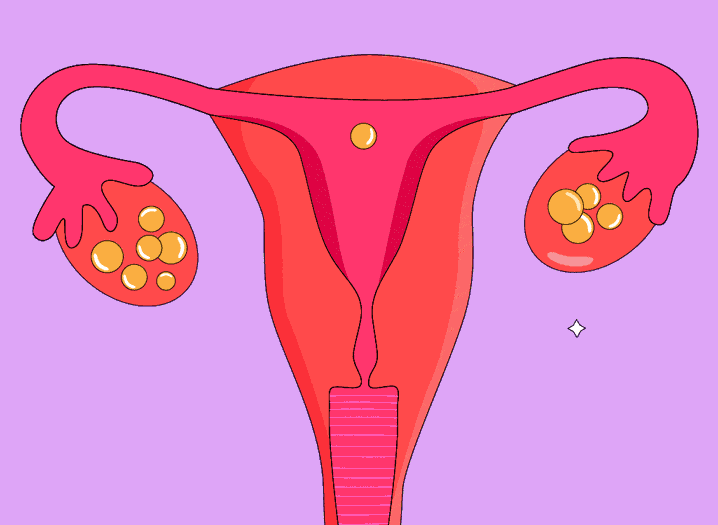Pregnancy takes place when sperm travels to the fallopian tube and fertilizes an egg . A sperm can meet and fertilize an egg in different ways:
- Sperm is ejaculated from a penis into a vagina
- Sperm is inserted into a vagina through artificial insemination or an egg fertilized outside the body and then placed into the uterus
It is important to know that though less likely, it is still possible for sperm to fertilize an egg even without vaginal penetration. This may include if sperm are ejaculated near a vagina, if pre-cum gets into or near a vagina, or if sperm enters the vagina through fingers.
This means penetration is not necessary to get pregnant.
